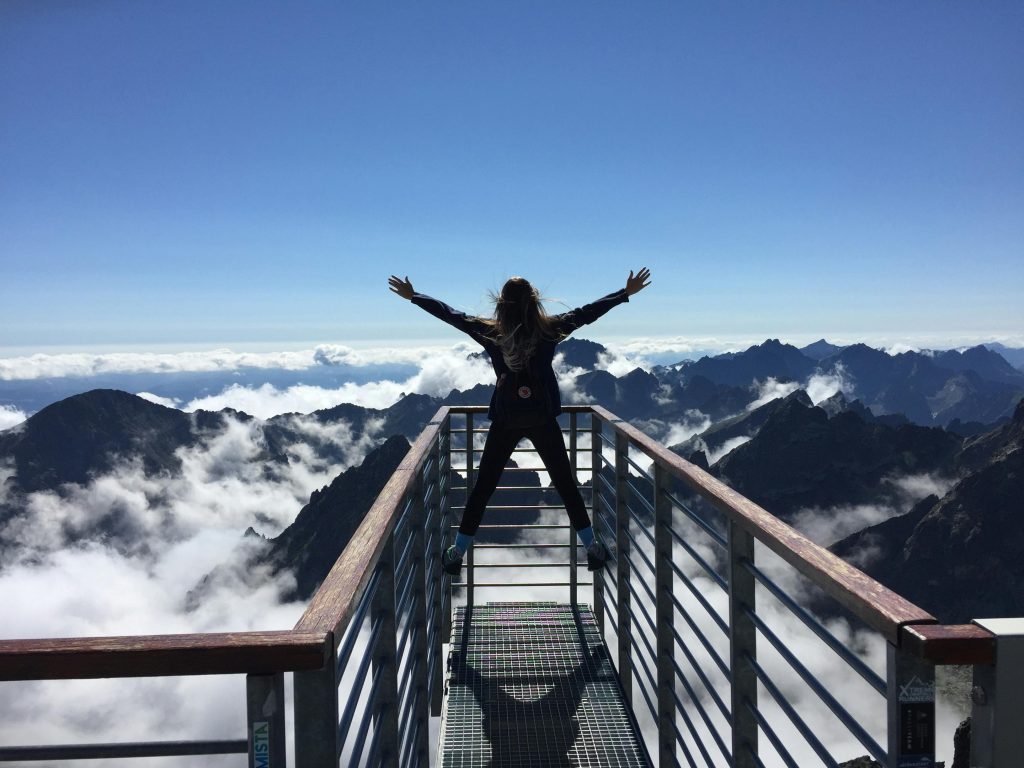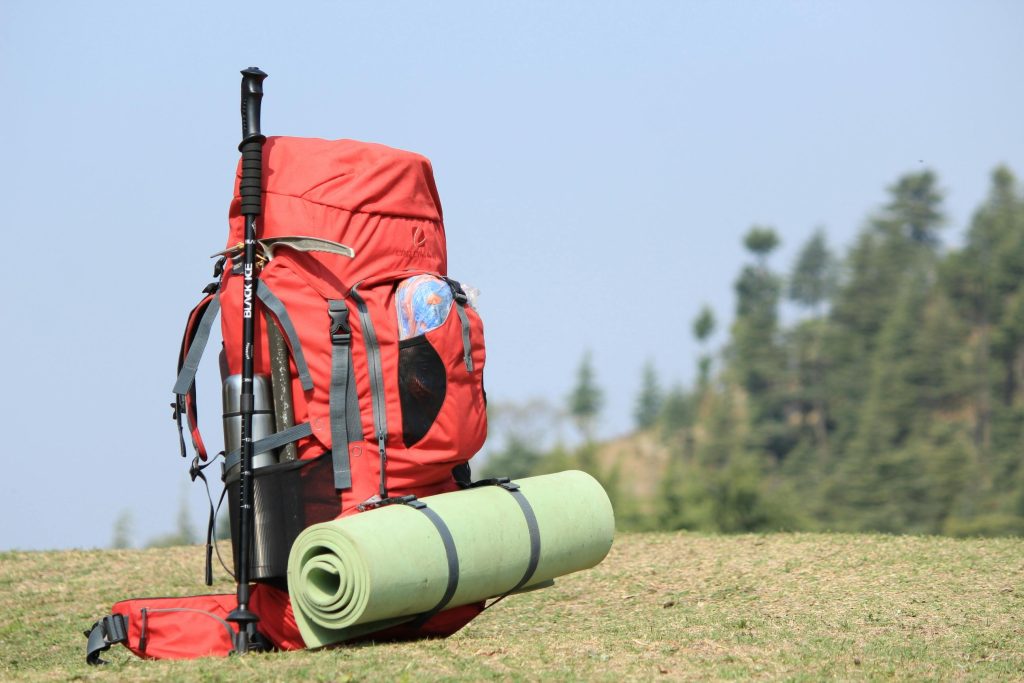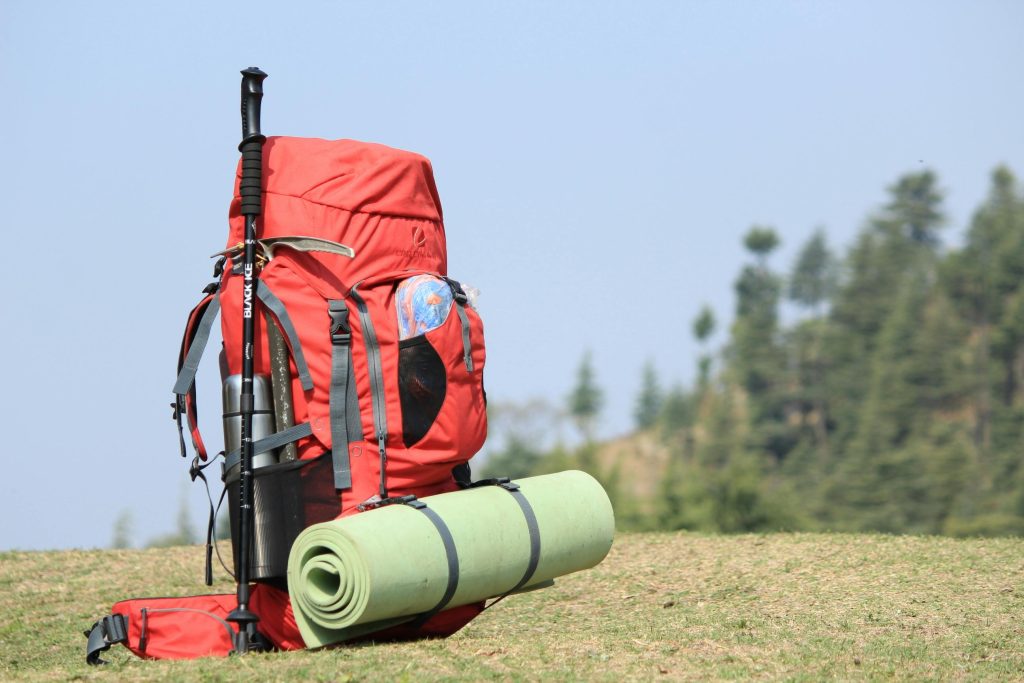Introduction
Adventure isn’t just about scaling mountains or trekking through forests—it’s about stepping outside your comfort zone with confidence, curiosity, and preparation. Whether you’re exploring the Australian outback, planning a weekend hike, or setting out on a cross-country road trip, success in adventure starts with mindset and strategy.

At TrackPath.com.au, we know that every great adventure combines spontaneity with smart planning. This guide offers essential tips for success in adventure travel, from gear and safety to mindset and preparation—so you can embrace the unknown and thrive in it.
1. Plan with Flexibility
A well-researched plan helps avoid common pitfalls—but staying flexible makes room for unexpected discoveries.
How to balance both:
- Research routes, weather, and permits in advance
- Identify potential alternatives in case of closures or delays
- Use apps like Gaia GPS or AllTrails for offline maps
- Leave room in your itinerary for spontaneity and rest
Tip: Always share your itinerary with a trusted contact when heading off-grid.
2. Invest in the Right Gear
Having the right equipment can mean the difference between an unforgettable journey and an uncomfortable (or unsafe) one.
Adventure gear essentials:
- Backpack: Fit to your size and load needs
- Clothing: Layered, moisture-wicking, and weather-appropriate
- Footwear: Supportive, broken-in hiking boots or trail shoes
- Navigation tools: GPS device, compass, and topographic maps
- Shelter: Quality tent, tarp, or bivvy for overnights
- Safety: First aid kit, headlamp, whistle, multi-tool
Pro Tip: Prioritise gear that’s durable, lightweight, and multi-purpose.
3. Know Your Limits—and Train Ahead
Every great adventurer knows their physical and mental limits. Push boundaries, but don’t ignore preparation.

Steps to prepare:
- Build endurance with regular hikes or cardio workouts
- Test gear before your trip on shorter treks
- Practice setting up camp, filtering water, or using safety equipment
- Understand the terrain and altitude demands of your destination
Confidence comes from preparation—not just courage.
4. Master Navigation and Orientation
Even with GPS, you should know how to navigate using a map and compass—especially in remote areas where batteries fail and signals drop.
Learn to:
- Read topographic maps and elevation lines
- Use a compass to take bearings
- Identify landmarks and trail markers
- Understand GPS coordinates and waypoints
Tip: Join a local navigation course or practice orienteering before a major trip.
5. Prioritise Safety and Emergency Readiness
Adventure shouldn’t mean reckless risk. Always be ready for the unexpected.
Safety essentials:
- Carry a PLB (Personal Locator Beacon) or satellite messenger
- Know how to identify and treat hypothermia, dehydration, and sprains
- Store emergency contacts in your phone and on paper
- Understand basic wildlife safety (e.g., snake awareness in Australia)
- Have a plan for sheltering in place if necessary
Bonus: Learn basic wilderness first aid for confidence in any setting.
6. Pack Light, Pack Smart
Overpacking adds weight and slows you down. Smart packing focuses on versatility and function.

Packing principles:
- Follow the “10 Essentials” for outdoor safety
- Choose multi-use items (e.g., buff for headband, towel, or scarf)
- Use packing cubes or dry bags to stay organised
- Bring only what you’ve tested and truly need
Must-have tools:
- Water purification (filter or tablets)
- Lightweight cooking gear
- Compact emergency shelter
- Rechargeable headlamp and backup power
7. Leave No Trace
True adventurers respect the environments they explore. Following Leave No Trace principles protects trails, wildlife, and future explorers.
Core principles:
- Pack out all waste
- Stay on marked trails
- Camp at least 60m from water sources
- Avoid feeding or disturbing wildlife
- Minimise campfire impact
Tip: Research local conservation rules and follow park-specific guidelines.
8. Embrace the Mindset of Discovery
Success in adventure isn’t just about reaching a destination—it’s about how you experience the journey.
Adventure mindset tips:
- Stay present and curious
- Journal or photograph your journey to reflect and remember
- Talk to locals and fellow travellers
- Celebrate small milestones and setbacks alike
The real reward of adventure is in the stories you collect—not just the miles you log.
Real-World Example: A Successful Solo Trek Across Tasmania
Explorer: Chloe, 29, completed a 6-day trek on the Overland Track.

Preparation:
- Researched the terrain and booked permits months in advance
- Trained with multi-day hikes carrying full weight
- Packed high-protein meals and layered clothing
- Carried a PLB and practiced solo camp setup
Outcome:
- Finished the trail without incident
- Gained confidence and skills for future solo travel
- Described the experience as “life-changing, not because it was easy, but because I was ready for the challenge”
Conclusion
Success in adventure doesn’t come from luck—it comes from preparation, awareness, and a willingness to adapt. Whether you’re trekking through rugged landscapes or planning your first overnight hike, the best explorers approach each journey with curiosity, respect, and resilience.
By following these practical tips and staying true to the spirit of exploration, you’ll not only stay safe—you’ll make the most of every moment on the trail.

